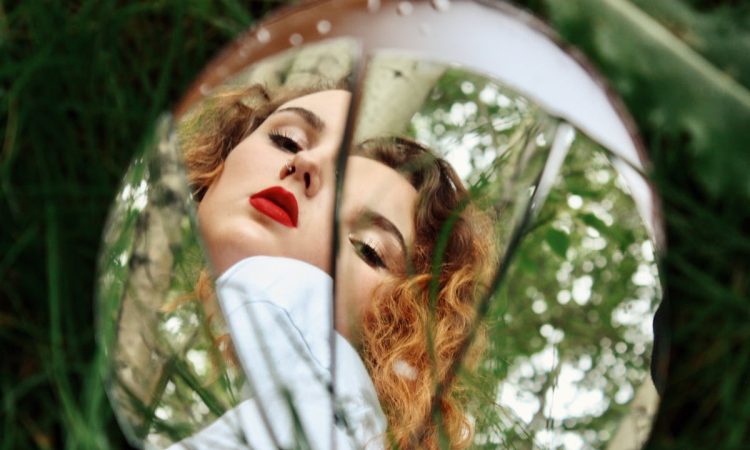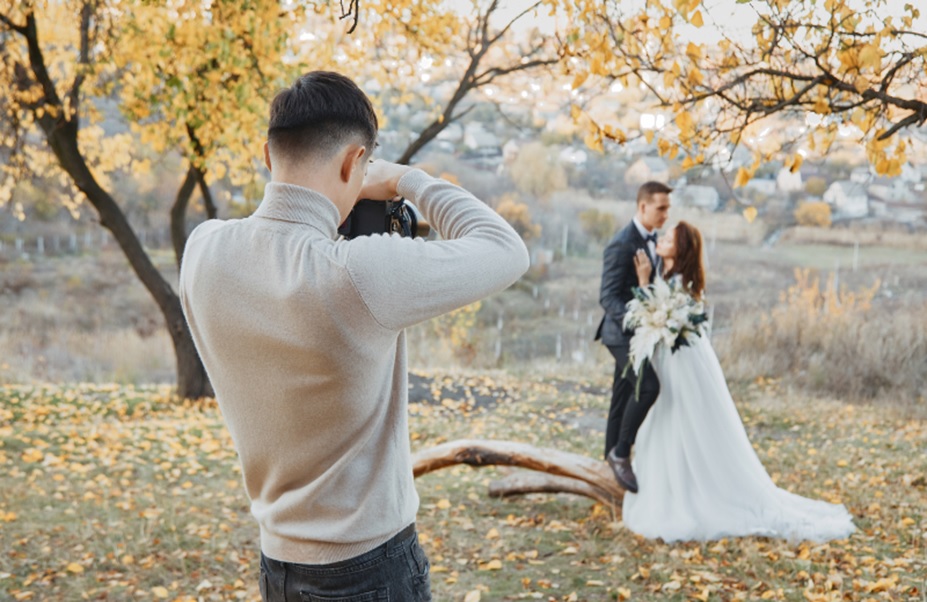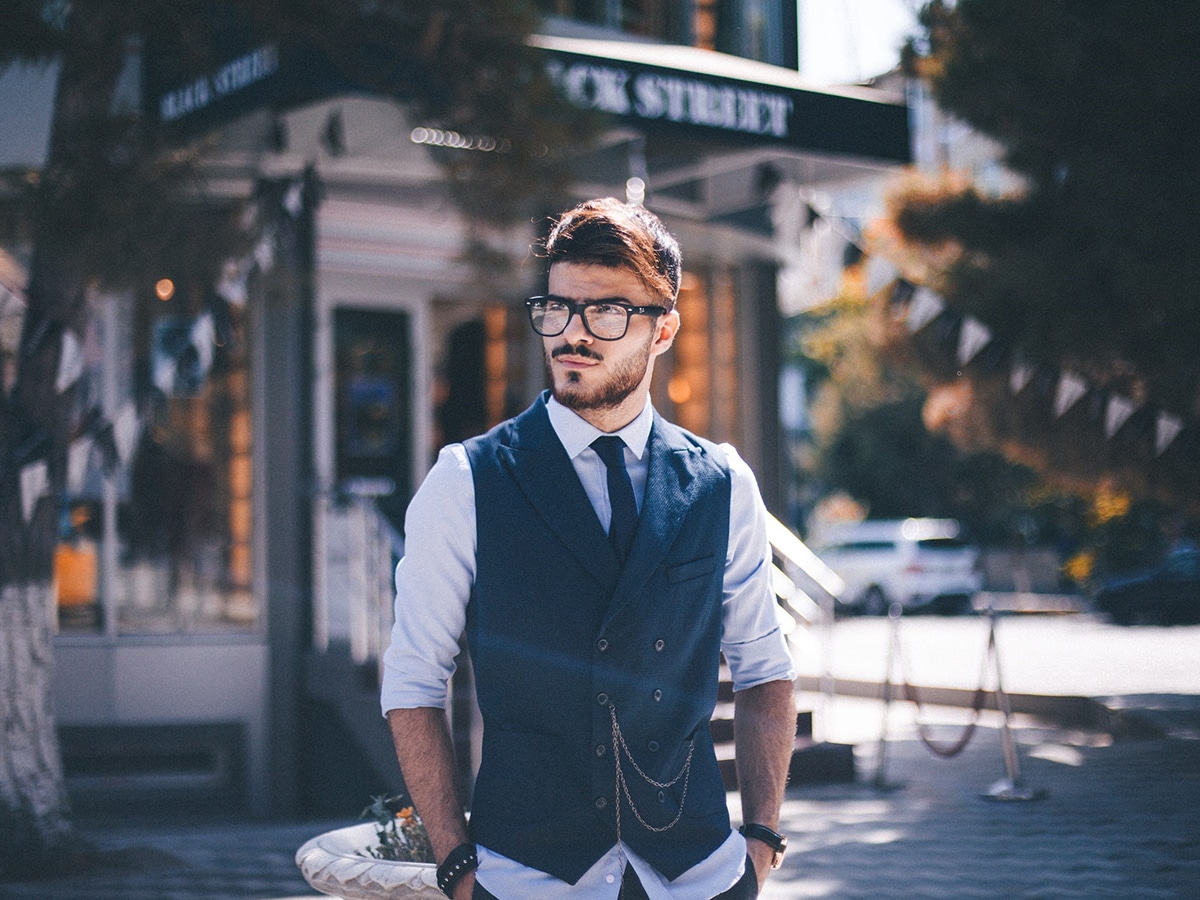
Conceptual photography is more than just an artistic endeavor—it’s a visual language that speaks directly to the imagination. Unlike traditional photography, which captures what’s in front of the lens, conceptual photography begins with an idea and brings it to life through creative planning, symbolism, and storytelling. If you’re looking to break free from conventional shooting and add more intention to your work, exploring conceptual photography is a rewarding path.
This article shares a variety of thought-provoking ideas to spark your creative thinking and help you explore photography beyond the ordinary.
Start With an Idea, Not a Scene
In conceptual photography, everything starts with a concept. This might be an abstract emotion like isolation, a philosophical question like “What is identity?”, or a commentary on society’s obsession with technology. Before picking up your camera, spend time brainstorming. Jot down random words, sketch rough compositions, or collect visual references. The more intentional your planning, the stronger your final image will be.
Once you have a central idea, build your concept around it using elements like location, props, colors, and even body language to communicate your message visually.
Play With Symbolism
Symbolism is at the heart of conceptual photography. Everyday objects can be transformed into metaphors that carry emotional weight. A key can represent opportunity, a cracked mirror might reflect fractured identity, and a pair of worn shoes could hint at a long, weary journey.
Use props and visual metaphors that challenge viewers to look beyond the surface. For example, photographing a person inside a cage made of books can evoke feelings of being trapped by expectations or societal norms, depending on your intended message.
Experiment With Surrealism
Surrealism is a powerful tool in conceptual photography because it creates space for imagination. Think of impossible perspectives, floating objects, or dreamlike lighting. These elements allow you to visually depict things that don’t—or can’t—exist in the real world.
Double exposure is a simple yet effective way to introduce surreal elements. By blending two images—a portrait and a cityscape, for example—you can create layered meanings. Alternatively, use editing software to remove shadows, distort scale, or place your subject in unusual contexts.
Contrast and Juxtaposition
Pairing opposing elements is an effective way to visually engage your audience. Think about light versus dark, chaos versus order, or nature versus technology. These contrasts can be used to evoke curiosity or raise questions.
Imagine photographing a person in a pristine white dress standing in a cluttered, graffiti-covered alleyway. The image may provoke thoughts about purity amidst disorder, or innocence surrounded by chaos. Conceptual photos like these often require careful location scouting and thoughtful prop selection.
Explore Human Emotions Visually
Emotion-driven conceptual photography focuses on feelings that are often difficult to express with words—loneliness, fear, joy, hope, or nostalgia. These emotions can be visually captured through facial expressions, posture, and lighting.
For instance, use a single spotlight in a dark room to isolate your subject and highlight their facial expression. This lighting technique works particularly well when conveying vulnerability or isolation. Soft natural light, on the other hand, can help express warmth and serenity.
Incorporate Movement and Blur
Conceptual photography doesn’t always have to be sharp and clear. Intentional blur, long exposures, or motion trails can be used to convey energy, confusion, or the passage of time. A dancer in motion, for example, captured with a slow shutter speed, can symbolize freedom or inner conflict.
This approach requires technical precision but allows for incredibly expressive imagery. Combine it with symbolic props or unusual backdrops for layered storytelling.
Creative Use of Props and Spaces
Your setting can add powerful context to your concept. Urban environments can emphasize themes of isolation or conformity, while natural landscapes may evoke freedom or transformation. Props also play a significant role in setting the tone and communicating your message.
A vintage suitcase, an oversized clock, or even a bathtub in an open field can bring abstract ideas to life. This is also where photo booth rental San Diego might come in handy—especially for collaborative shoots or themed projects. With customizable backdrops and a variety of props, a photo booth setup can serve as a controlled environment for executing surreal or symbolic scenes, especially in studio-style or pop-up events.
Tell a Story in a Single Frame
Think of your photograph as a standalone short story. What happens before and after the moment you capture? Consider the “characters,” setting, plot, and conflict—even in abstract terms. Adding these narrative layers gives your conceptual photography more depth and invites viewers to engage with the image.
You might photograph someone peeking behind a curtain in an abandoned theater, hinting at curiosity, fear, or a desire to escape. With strong storytelling, even simple compositions can become deeply meaningful.
Embrace Post-Production as Part of the Process
Editing is often essential in conceptual photography. Post-production gives you the freedom to fine-tune the mood, enhance the surreal, or add details that were impossible to capture in-camera.
Play with color grading to emphasize mood—cool tones for melancholy, warm hues for nostalgia. Layering and compositing can help you create impossible scenarios, like levitating objects or dreamlike duplicates. Use editing as an extension of your creative process, not just a finishing touch.
Conclusion:
Conceptual photography opens the door to deeper storytelling, emotional expression, and artistic exploration. By beginning with an idea and thoughtfully building around it, you can create images that inspire, provoke, or challenge perspectives. Whether you’re working with symbolism, surrealism, or strong emotional themes, the key is to stay true to your concept and allow creativity to lead the way. Once you begin seeing photography not just as documentation, but as interpretation, the creative possibilities become endless.



